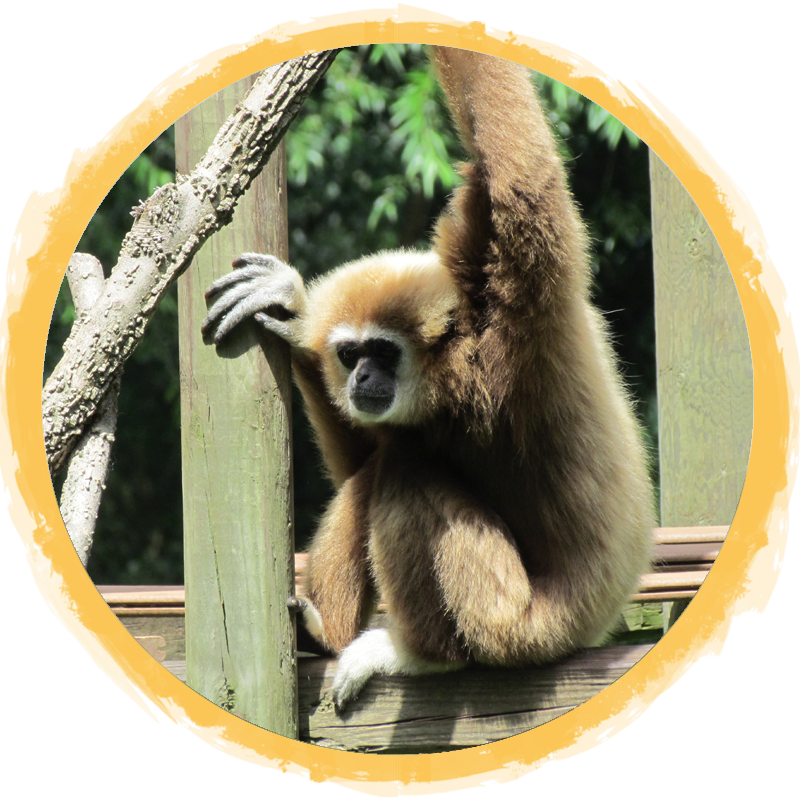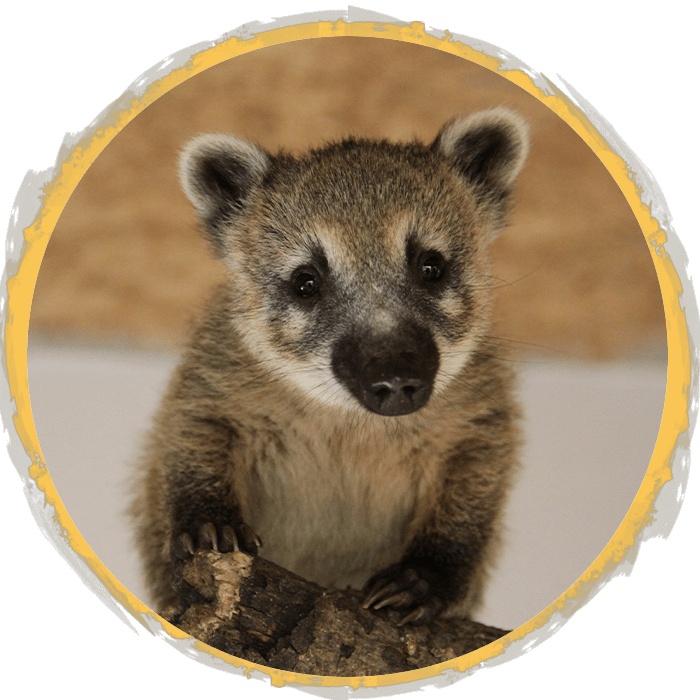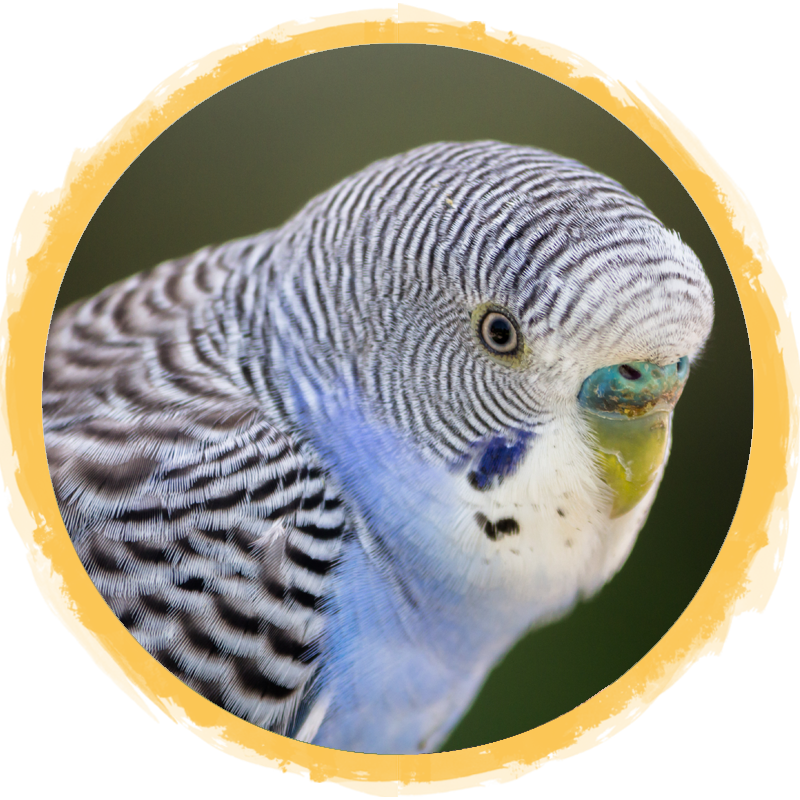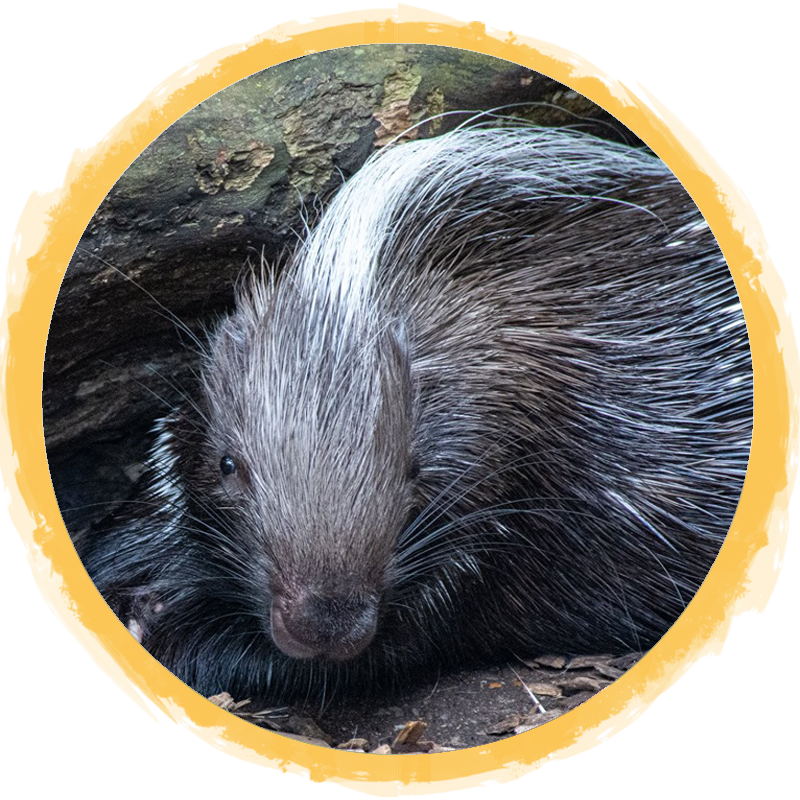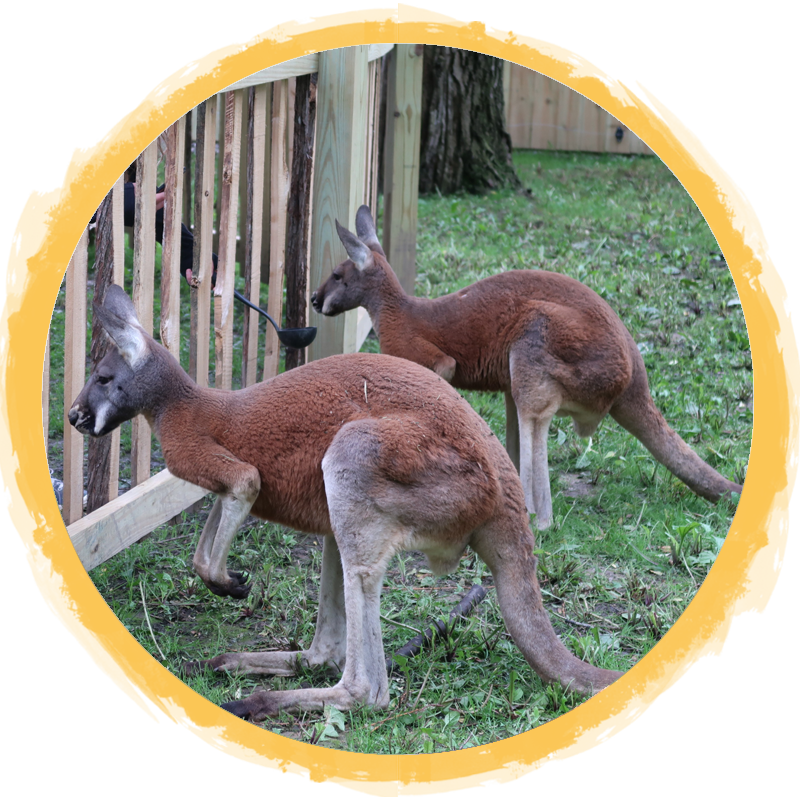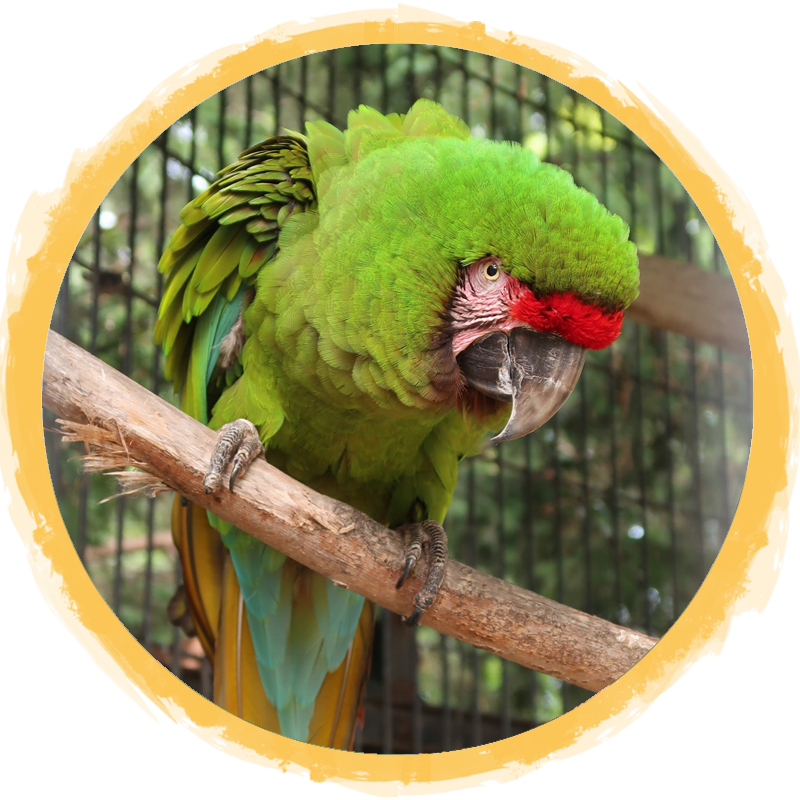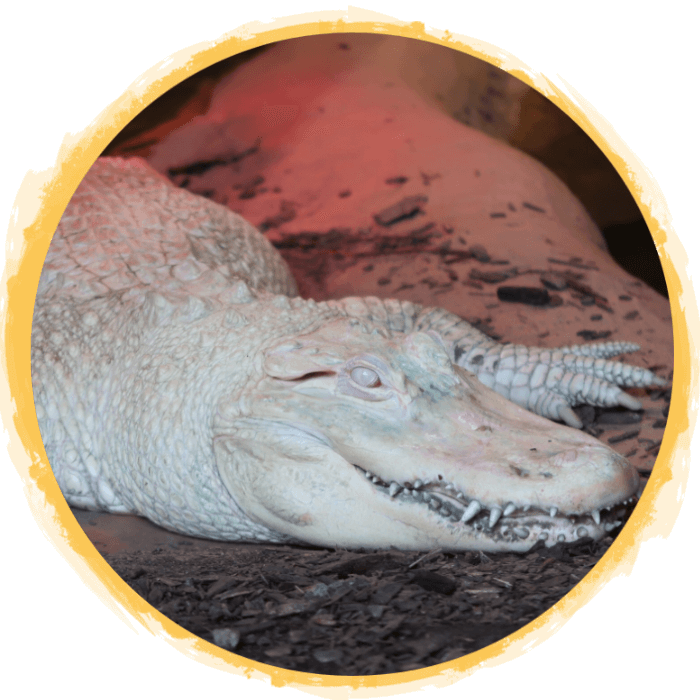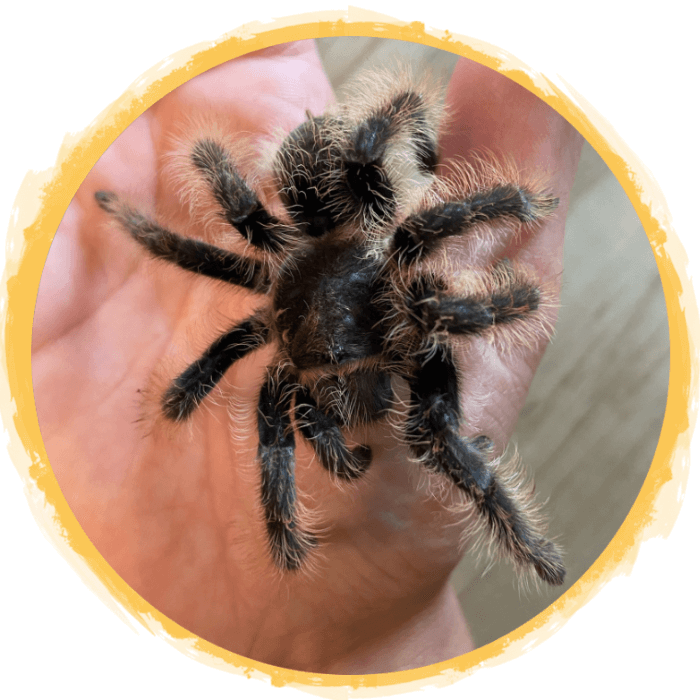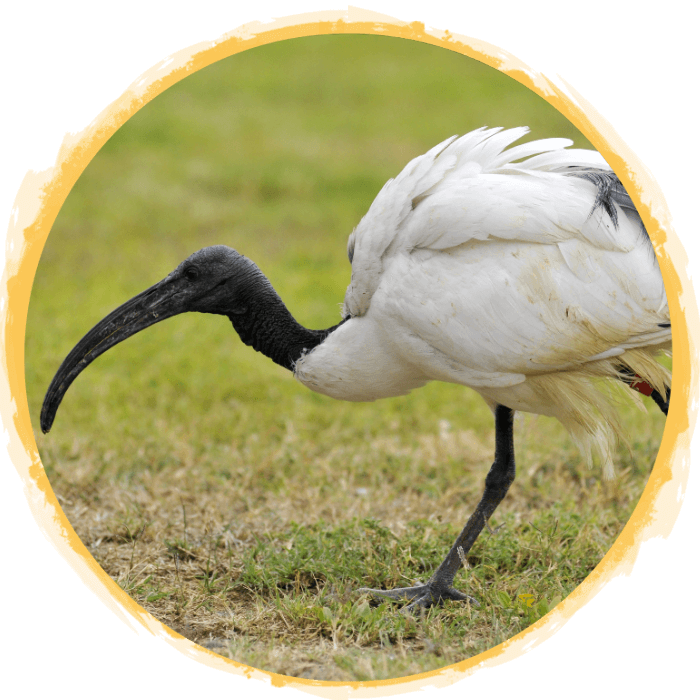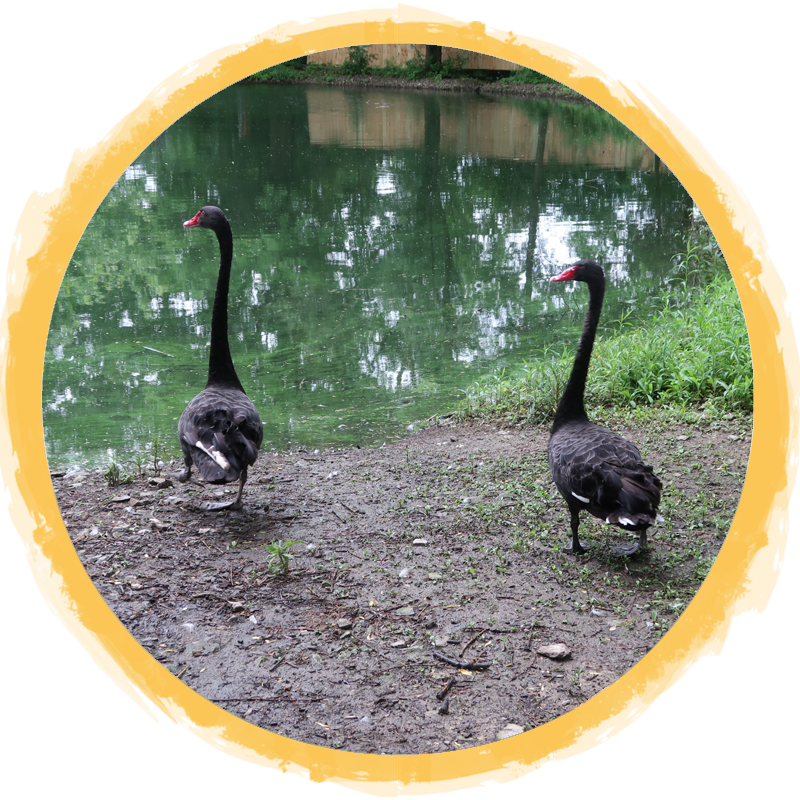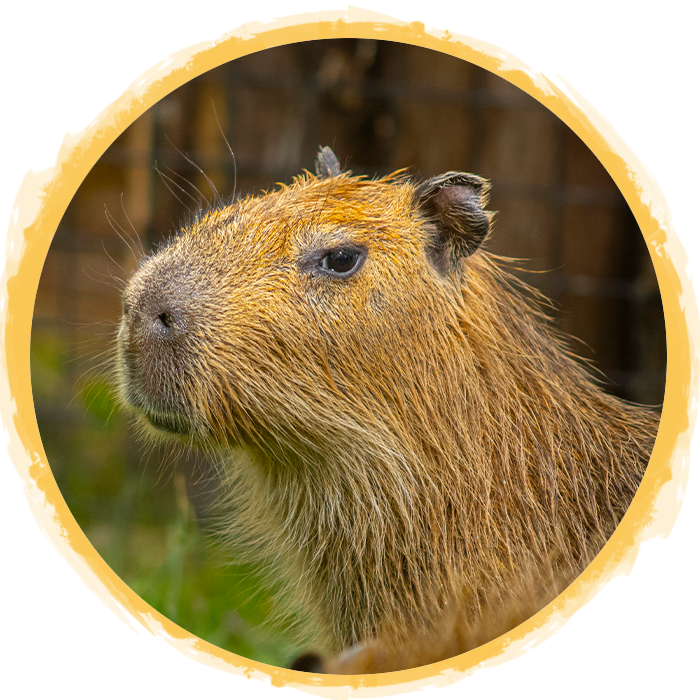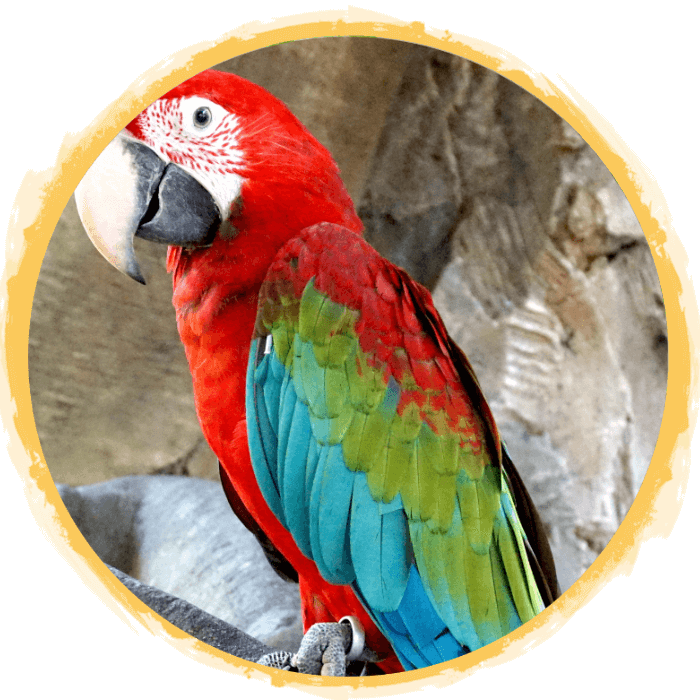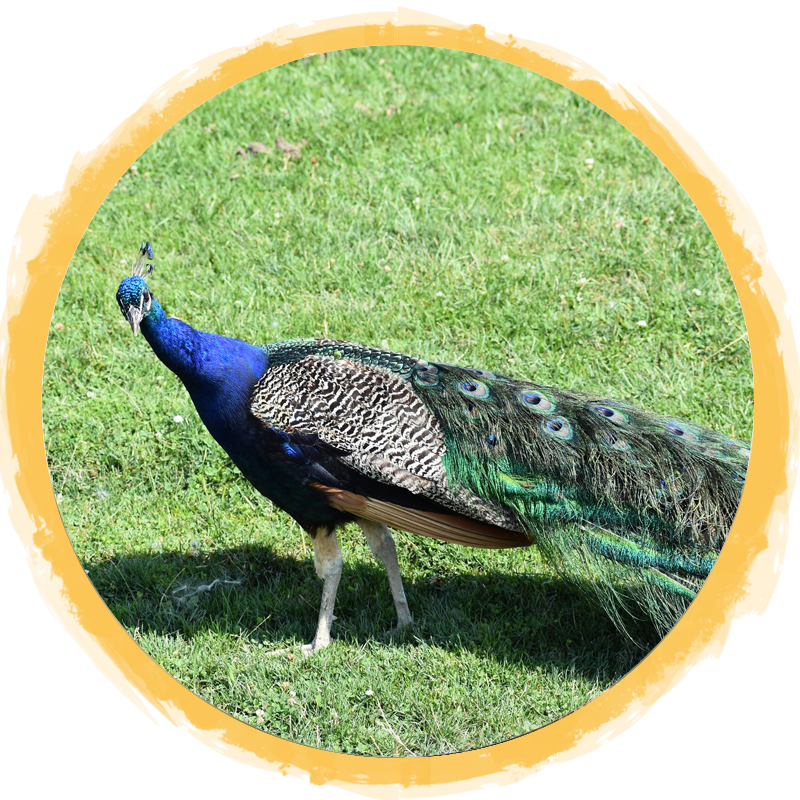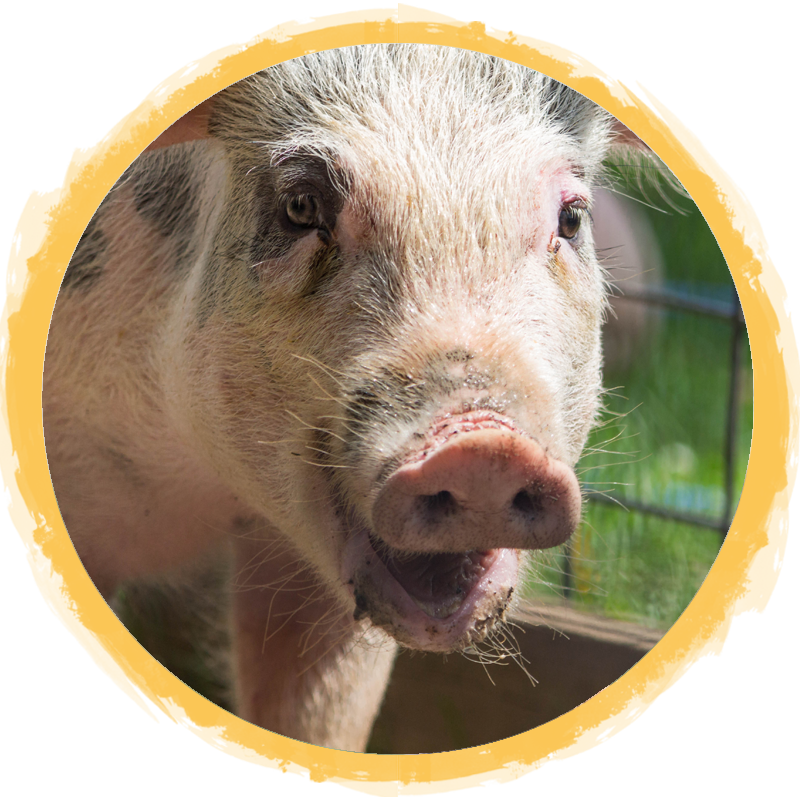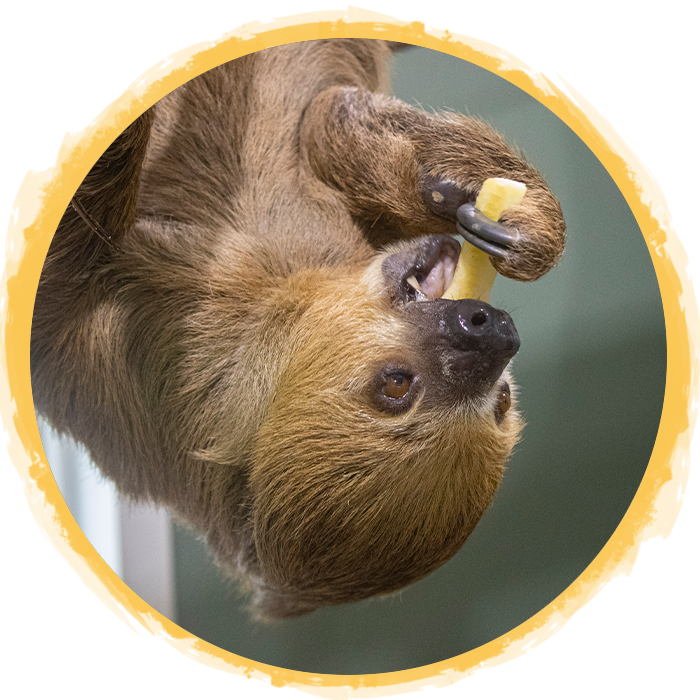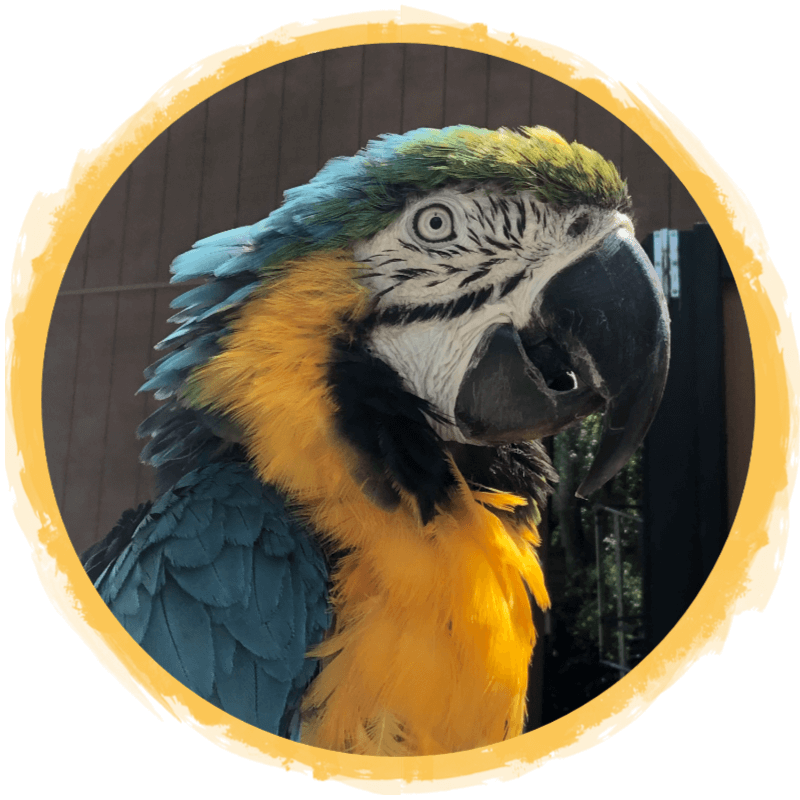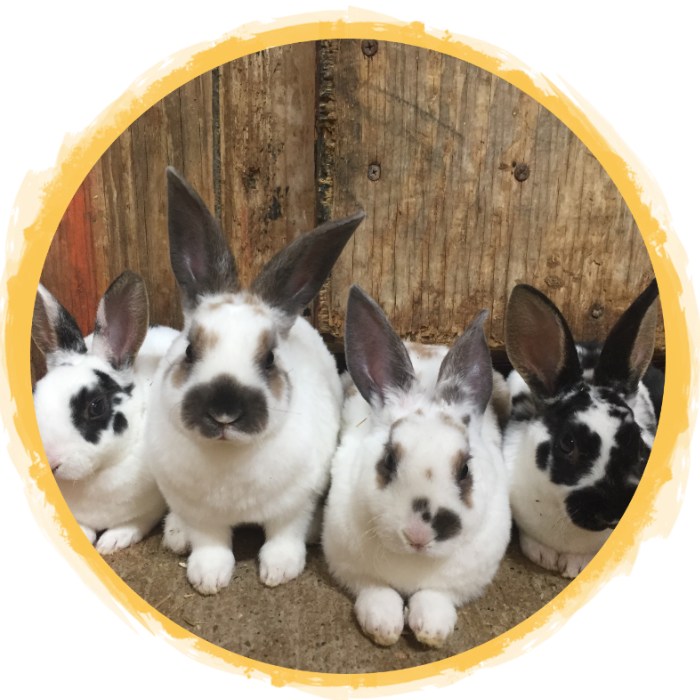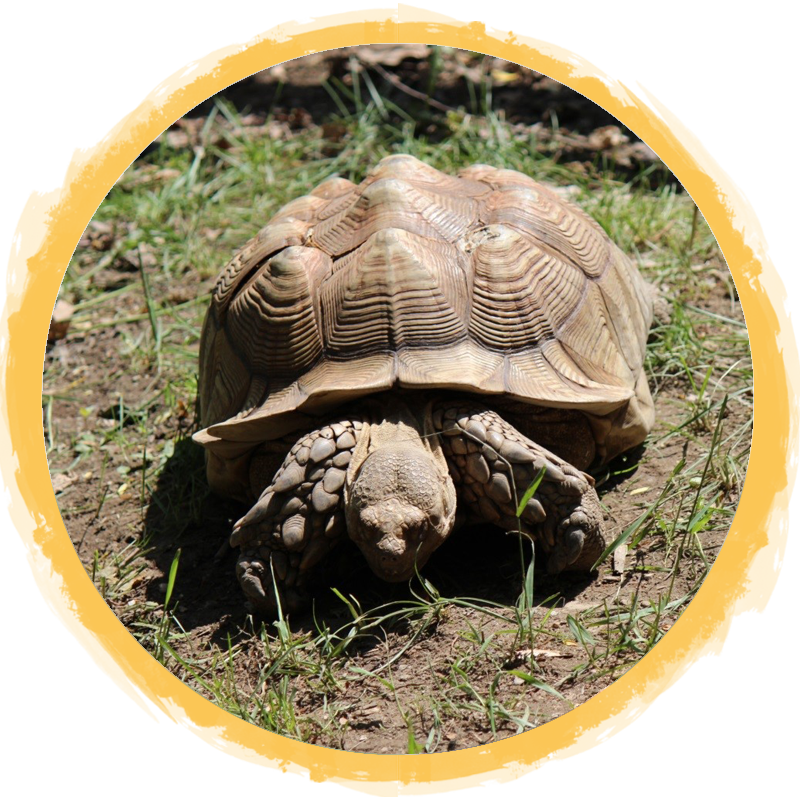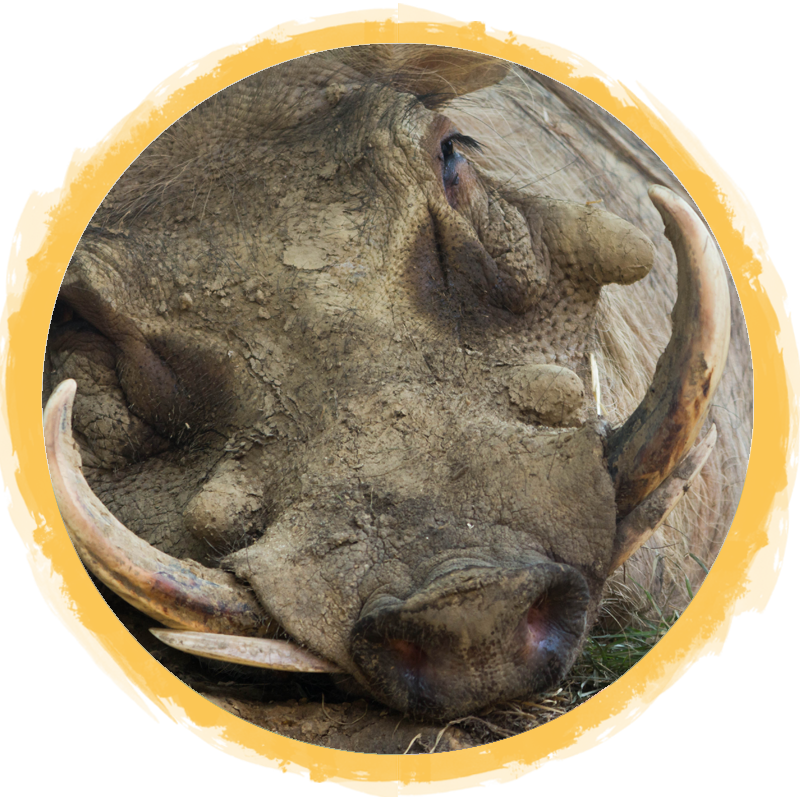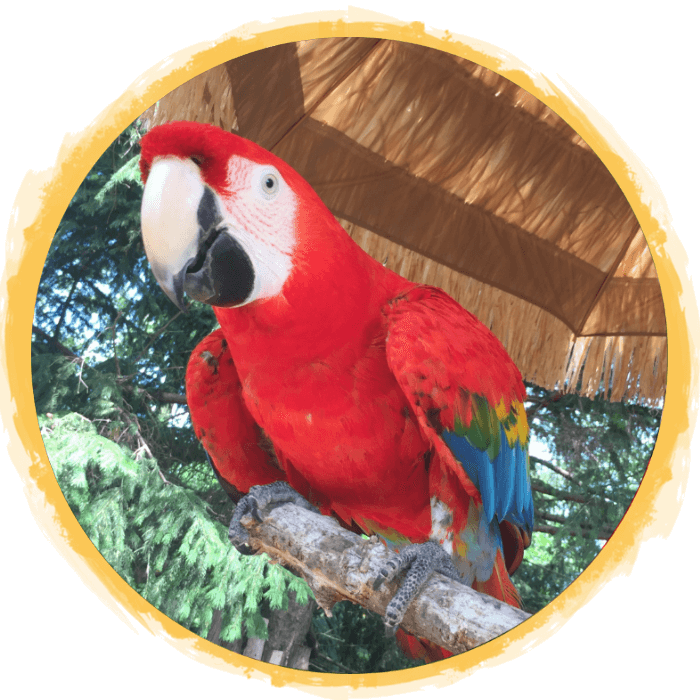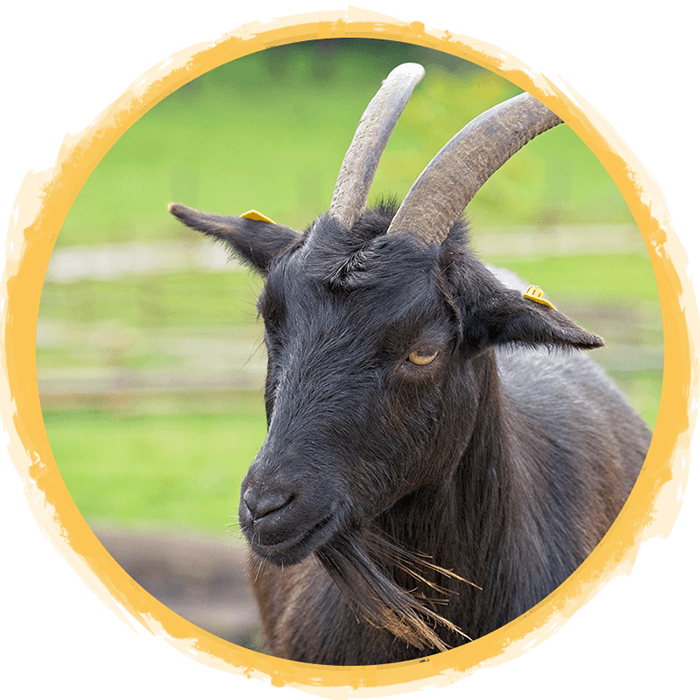(Cervus nippon)
The Sika deer is a member of the genus Cervus, a group of deer also known as the “true deer”. Previously found from northern Vietnam to far east Russia, Sika deer are now uncommon in these areas, but overabundant in Japan. Their name actually comes from the Japanese word, Shika.
Male Sika deer are generally twice as large as females, and carry antlers, where females do not. During mating season, males are territorial and will keep harems of females within a uniquely marked territory. Fights sometimes occur among males during rut to gain breeding rights to females. If you see our deer fighting, this is a natural behavior, expecially during breeding season.
Sika Deer keep their spots into adulthood. They are primarily nocturnal and crepuscular (active at twilight). When a fawn is born, their mother hides them in thick undergrowth. They stay very quiet and don’t move until their mother returns. Like most fawns, they also have almost no smell. To detect predators, Sika Deer’s eyes are on the sides of their heads. Also, they use their excellent swimming skills to escape predators.
In Japan’s Nara Prefecture, these deer have become famously known as the “bowing deer” , as they will bow their heads before being fed a special deer cookie by tourists.
You can tell I am a Sika Deer if I have a darker coat and a slightly shorter tail than Fallow Deer. More noticeably, we have differently shaped antlers, we have more large narrow antlers.
The main threats to Sika Deer are water pollution, habitat loss, hunting, fragmentation, and like deer in the United States, vehicles.
Fast Facts
Country of Origin: Central China and Japan

